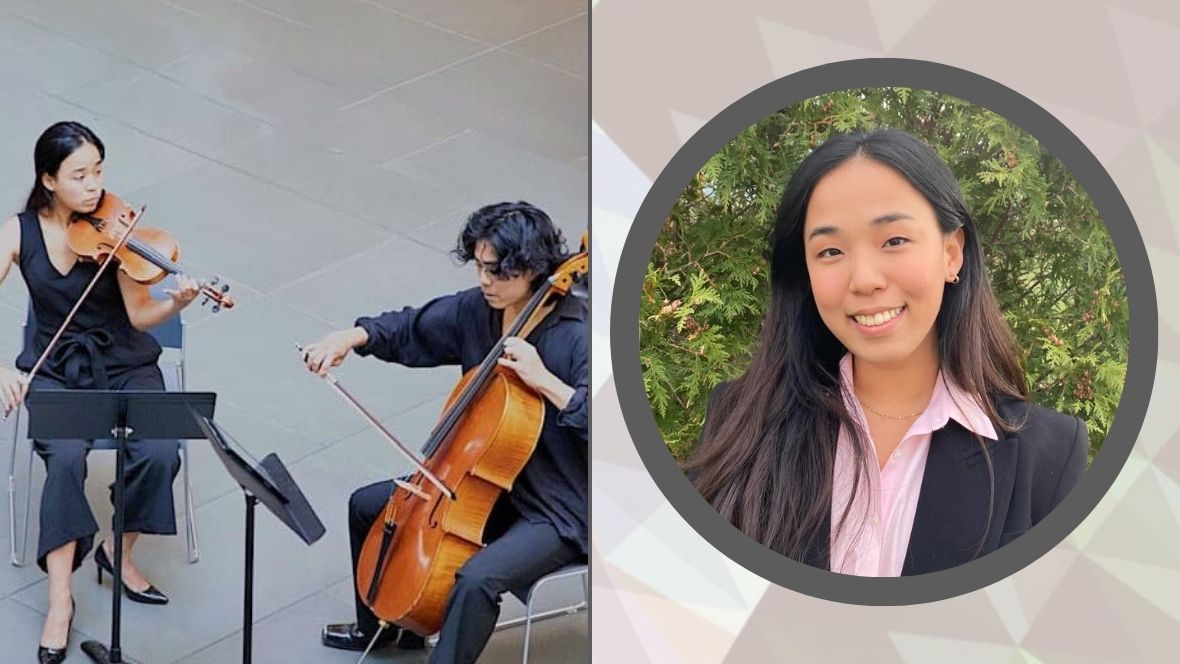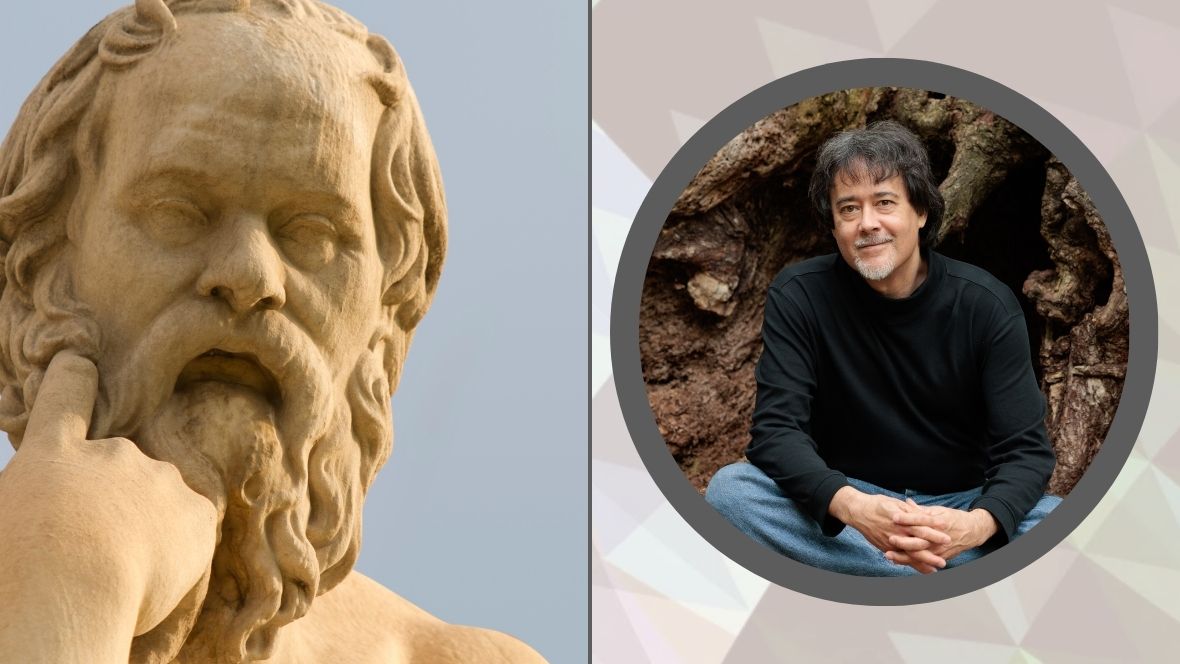Introduction by Dr. Thomas Wolf
In this issue of On Our Minds, we hear from a university president, a professor, and a recent student about the arts and humanities in higher education. For more than a decade, WolfBrown’s practice has encompassed a focus on the arts on college campuses including an evaluation of the national “Creative Campus Innovations Grants Program” and a more recent strategic plan for the Office for the Arts at Harvard University. We now expand our examination considering the humanities as well as the arts and their role in higher education.
For years, the arts and humanities have been characterized as declining in popularity on college campuses. Tales of woe, buoyed by cherry-picked statistics, suggest that any student contemplating a major in the arts or humanities will be condemned to a life of poverty, unemployment, and irrelevance. News articles and opinion pieces frequently cite the number of arts and humanities courses being dropped from college curricula. (A typical example can be found here).
Yet in other places, arts and humanities courses and majors are thriving. At Harvard, the number of concentrators (majors) in philosophy has grown from 30 in 2005 to 160 in 2025—not counting the many students, like one of our contributors to this issue, Haeun Moon, who pursued philosophy as a secondary concentration. Meanwhile, halfway across the country, at the University of Minnesota, English is flourishing. According to a recent article, English majors are thriving at the University of Minnesota, there are “approximately 350 [English] majors, making English the seventh most popular major in the entire College of Liberal Arts, which consists of 32 departments and over 150 majors, minors, and certificates. The English department has 162 minors, a nearly threefold increase since 2010.”
The article goes on to say:
“Majoring in English is by no means a bad investment of a student’s time and tuition dollars. Recent studies have shown that while graduates with English degrees may start out earning less than peers in other fields, they out-earn them in the second half of their careers. Due to its wide-ranging study of human experience, cultural diversity, and historical nuance, English is also gaining popularity as a major option for students wishing to pursue postgraduate careers in health and medicine. According to the American Medical Association, English has the highest admittance rate of non-STEM-majors for candidates applying to medical schools; in fact, according to the Association of American Medical Colleges, humanities majors have a higher admittance rate to medical school than biological science majors. English offers a foundation in critical thinking, communication and empathetic imagination that has long been a reliable preparation for success in any career path.”
Of course, cuts to the arts and humanities at the college and university level are a reality just as cuts in many areas. These are being driven by something more worrisome than the need to prepare students for the job market. Based on declining birth rates, higher education institutions of all types must prepare themselves for significantly fewer students. As a recent New York Times article (Opinion | What’s Lost When Liberal Arts Schools Close – The New York Times) stated: “The year before the 2008 financial crisis, there were 4.3 million babies born in the United States, the highest number in history. Last year, there were only 3.6 million. The birthrate decline that began in 2008 lit an 18-year fuse on a college freshman slump that starts next year.” This has resulted not only in the trend to reduce expenses at existing colleges and universities but forced others to go out of business entirely. Indeed, pressure comes from multiple causes.
Another challenge facing faculty at the college and university level is the emergence of artificial intelligence—technology that is upending decades of traditional teaching and learning. One of our contributors, Dr. John Sanbanmatsu, discusses the impact of artificial intelligence on his role as a philosophy professor and the fact that so many of his students bypass the challenge of serious interaction with the subject matter he imparts. For a very different view of what artificial intelligence brings to learning, John McWhorter, in a recent article in The Atlantic, acknowledges that though “AI does mean that I will never again assign a classic five-paragraph essay on an abstract topic,” there are certain benefits to artificial intelligence for students just as there are benefits for them to do fractions on a calculator. Academics, he claims, can adapt their teaching, especially in the humanities, to adjust to the new realities.
Our contributors provide three perspectives on the role of the arts and humanities in higher education.
- Dr. Jacqueline Edmondson, President of the University of Southern Maine since 2023, previously spent two decades at Penn State as a tenured professor and associate dean in the College of Education, later serving as associate vice president and associate dean for undergraduate education. An accomplished musician, she co-authored a recent article ‘Arts are not extra: How to reimagine the humanities’, championing the role of the arts and humanities at her university, where she has overseen the opening of a major new arts center.
- Haeun Moon, a 2024 graduate of Harvard College, served as the associate concertmaster of Carnegie Hall’s National Youth Orchestra, having soloed with the Dallas Symphony while still in high school. At Harvard she concentrated in Social Studies, with a secondary in Philosophy and a citation in Spanish. Since graduation, she has worked as a Research Associate for WolfBrown. She plans to attend law school.
- Dr. John Sanbanmatsu, Professor of Philosophy at Worcester Polytechnic Institute in Massachusetts, is the author of The Omnivore’s Deception: What We Get Wrong about Meat, Animals, and Ourselves. Before earning his Ph.D. at the University of California, Santa Cruz, he worked at WolfBrown. Under the stage name Magician Méliès, he also performs award-winning magic and mentalism professionally.

In This Issue

The Arts and Humanities: A View from the President’s Office
An interview by Dr. Thomas Wolf
University of Southern Maine President Jacqueline Edmondson discusses her recent article “Arts are not extra: How to reimagine the humanities.” She shares how her experiences as both a scholar and musician inform her leadership and advocacy for the arts and humanities in higher education.

The Value of a Humanities Education
Reflections from a Recent Graduate
by Haeun Moon
Harvard alumna Haeun Moon reflects on her journey through social studies and philosophy, her work with WolfBrown, and how a liberal arts education continues to shape her career path. She challenges the misconception that humanities degrees limit career options, showing instead how they cultivate adaptability, empathy, and broad analytical skills.

AI and the Defense of the Humanities
by Dr. John Sanbonmatsu
Philosopher and author John Sanbonmatsu (Worcester Polytechnic Institute) brings a 2,500-year historical perspective to recent attacks on the humanities and discusses the more recent challenges brought about by artificial intelligence. He vigorously defends the importance of the humanities for students in developing a resilient “self” capable of independent judgment.


